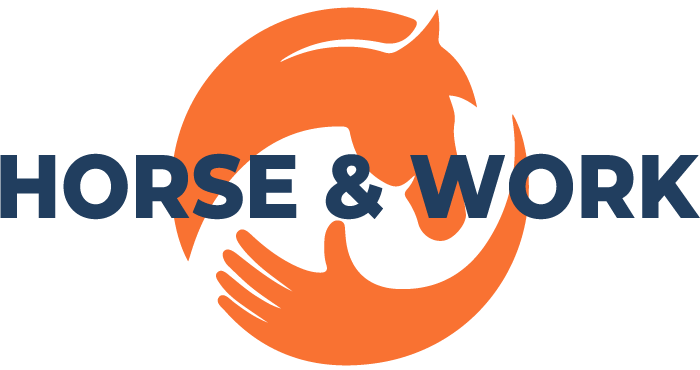The equestrian sector is one of getting things done. New employees are often thrown in at the deep end immediately. There is work to be done, so you are expected to participate immediately. And to be fair: many new employees don’t mind that at all. But what if you make a few small adjustments to make your new colleague not only feel welcome, but also be productive faster and stay longer?
In this blog, you can read why a good onboarding process is essential, especially in the equestrian sector, and how you can get started with it as an employer in a practical way.
💥First day, lasting impression
The first day of work is everything. Do you enter a stable where no one knows you’re starting, you don’t know where the coffee is or you immediately get a wheelbarrow pressed into your hands without explanation? Then that doesn’t exactly feel welcome. While a little bit of attention already makes a world of difference.
👉 Tip: Arrange a short tour, introduce colleagues, explain the daily schedule and give someone the role of ‘buddy’. That doesn’t have to take hours, but yields a lot.
✅ Onboarding = investing
A good onboarding process is not a luxury, it is an investment. In clarity, safety, trust and in staff retention. New employees who feel seen and taken seriously stay longer. And: they make fewer mistakes, because they know what is expected of them.
You don’t have to write thick manuals. A practical checklist, a fixed structure and a point of contact are often enough.
📋 First week of work checklist
Whether someone comes to work as a stable worker, instructor, shop assistant or office manager etc., there are always a few basics that you need to have arranged:
- Guided tour of the site (e.g.: stable, office, canteen, toilets, emergency exits)
- Getting to know colleagues (including the vet/blacksmith/instructor)
- Explanation of safety rules and workwear
- Introduction to the daily schedule and working method
- Explanation of the method of communication: via WhatsApp? Logbook? Ring?
- Agreements about breaks, overtime and days off
- Knowing who to turn to with questions
🧰 Practical example
At one of the stables that recruits staff through Horse and Work, a simple A4 is used: an induction card for the first five days. Every day there is a focus point: from “learning to feed according to feeding schedule” to “preparing horses for the lesson”.
Not complicated. But it ensures that new employees do not get bogged down in uncertainty and have to ask everything three times. And that prevents frustration on both sides.
📎 Want to get started right away?
Do you want to make it easier for yourself and better bind your staff? We have already made a handy onboarding checklist for you, especially for stable employees. Interest? Send an email to: info@horseandwork.com and the checklist will come your way!
Or take a look at our employee handbook, with everything you arrange well as an equestrian employer, clearly listed.
💬 Finally: pay attention to the start
The equestrian sector is in full swing. Finding and retaining good people is a challenge. But with a warm welcome and a clear start, you immediately set the tone as an employer. And that pays off.
Horse and Work is there for employers in the equestrian sector who want to work on being a good employer. From vacancies to HR tools – we help you.
